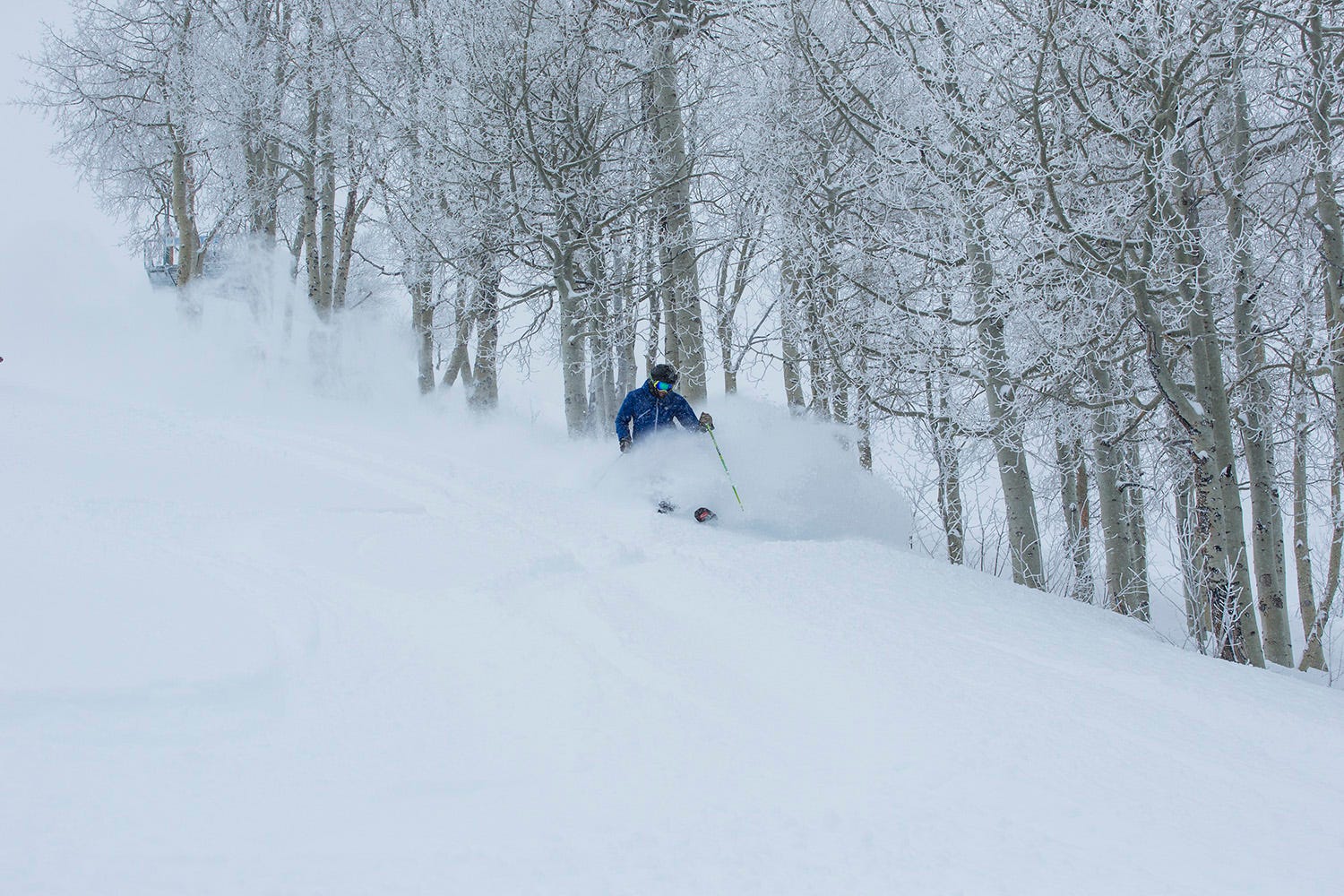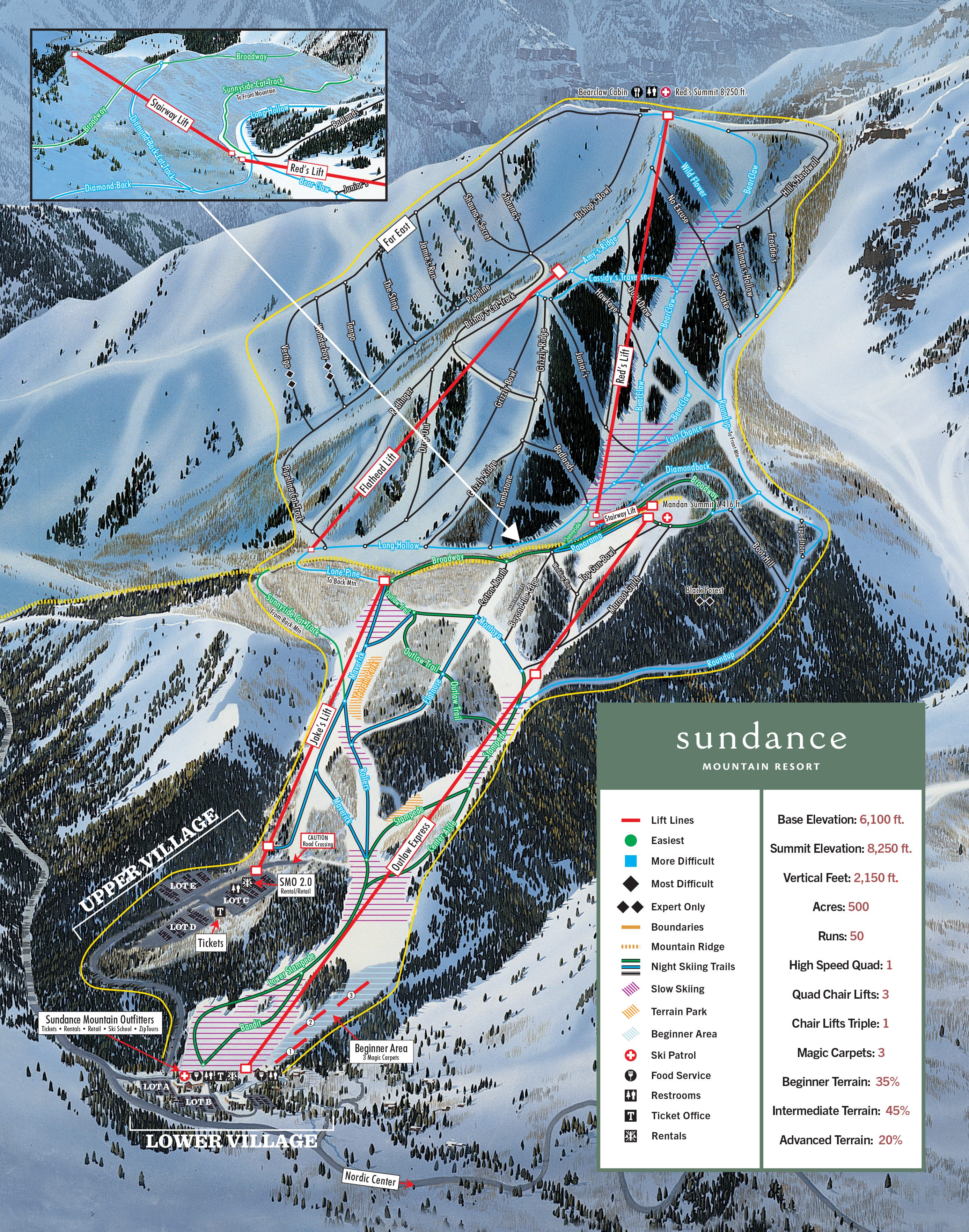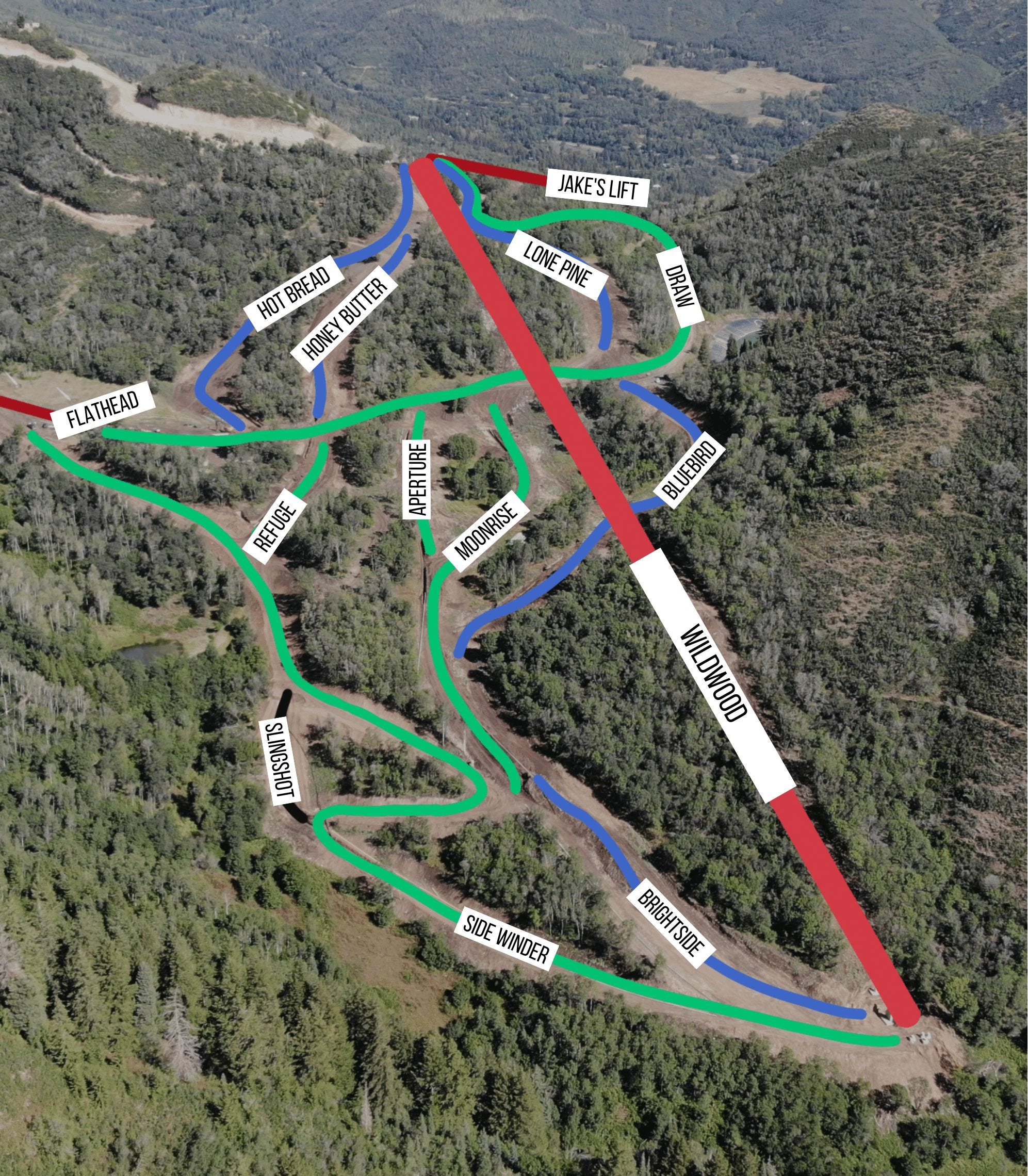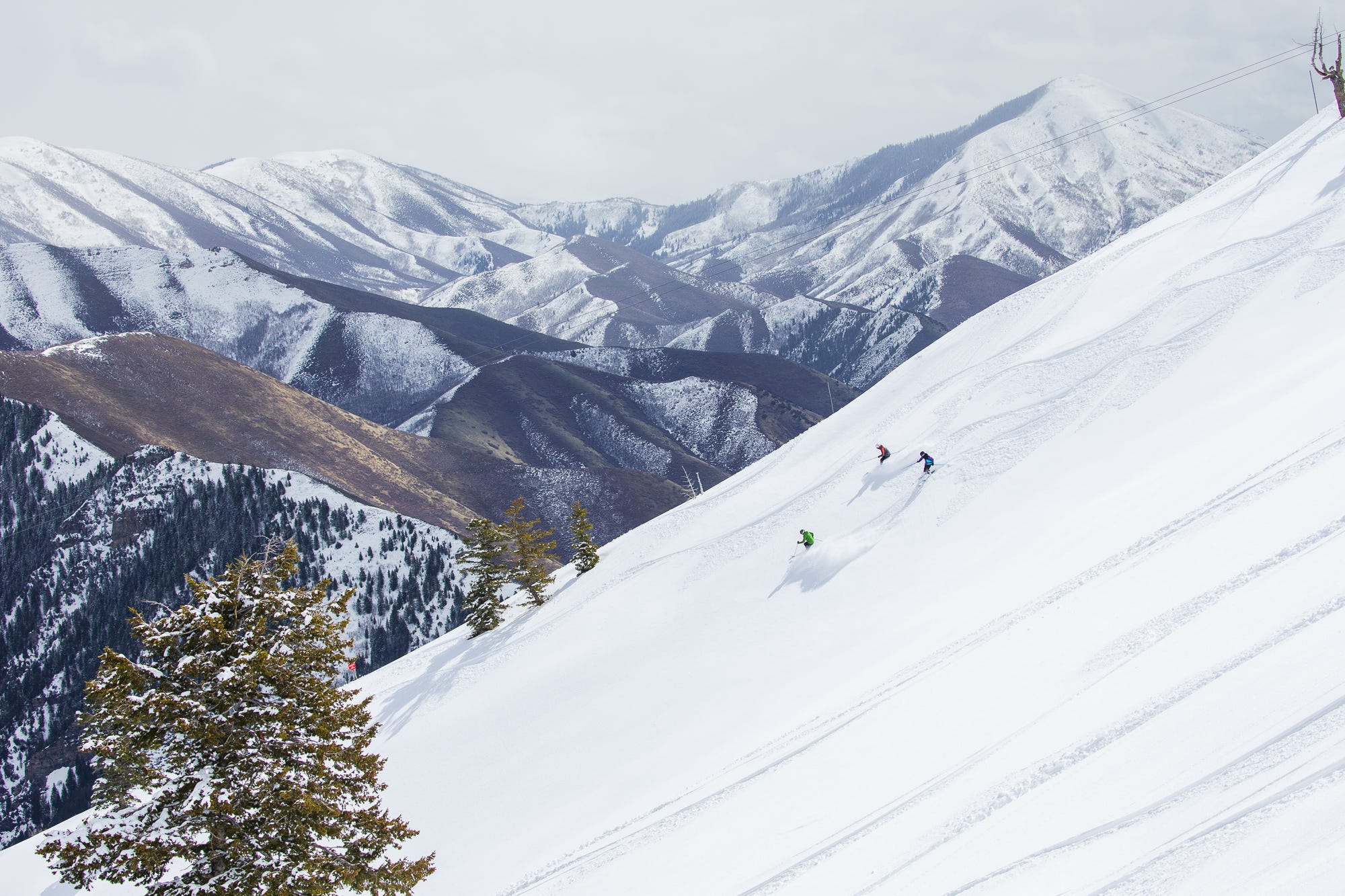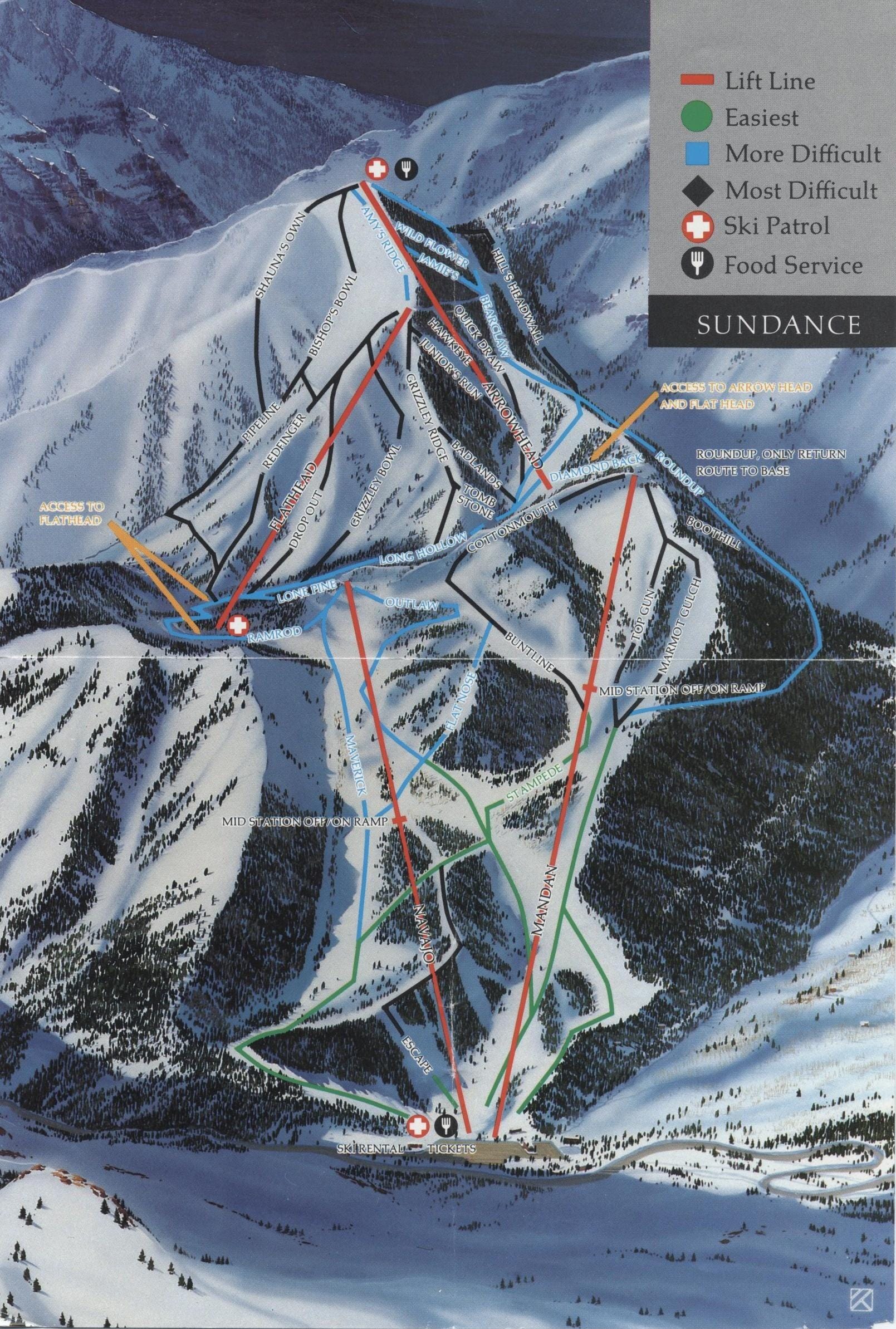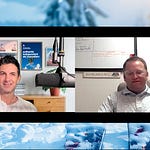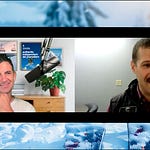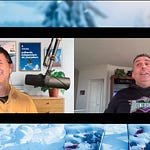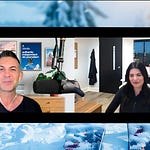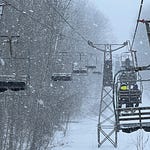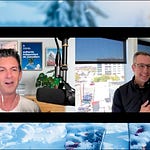Who
Chad Linebaugh, President and General Manager of Sundance Mountain, Utah
Recorded on
November 7, 2022
About Sundance
Click here for a mountain stats overview
Owned by: Broadreach Capital Partners and Cedar Capital Partners
Pass affiliations: Power Pass
Reciprocal pass partners:
3 days at each Mountain Capital Partners ski area: Arizona Snowbowl, Purgatory, Hesperus, Brian Head, Nordic Valley, Sipapu, Pajarito, Willamette Pass
3 days each at Snow King, Ski Cooper
1 unguided day at Silverton
Located in: Sundance, Utah
Closest neighboring ski areas: Park City (47 minutes), Deer Valley (50 minutes), Woodward Park City (50 minutes), Utah Olympic Park (51 minutes), Solitude (57 minutes), Brighton (1 hour), Snowbird (1 hour, 7 minutes), Alta (1 hour, 10 minutes) – travel times may vary considerably in winter.
Base elevation: 6,100 feet
Summit elevation: 8,250 feet
Vertical drop: 2,150 feet
Skiable Acres: 515
Average annual snowfall: 300 inches
Trail count: 50 (20% black, 45% intermediate, 35% beginner)
Lift count: 9 (1 high-speed quad, 4 fixed-grip quads, 1 triple, 3 carpets)
The map above is last season’s, and does not include the Wildwood expansion that’s coming online for the 2022-23 ski season. Here’s where the new terrain will sit - you can see Jake’s landing looker’s right, and Flathead rising looker’s left:
And here’s an overhead view of the new terrain:
Update [11/24/2022]: the new trailmap
Why I interviewed him
It sits inconspicuous and unassuming, 13 air miles and 49 road miles south of Little Cottonwood Canyon. Five hundred acres in a 5,000-acre resort. Step off your plane at Salt Lake airport and you’re 40 minutes away from half a dozen powder bangers and this is not one of them. It’s Sundance. “Isn’t that that film fiestival?” Epkon Bro asks as he punches Park City into his GPS. “No time for that on my HASHTAG POWDY TOWN TRIP!”
And that’s OK. We won’t be needing Epkon Bro for today’s stop. Because where we’re going today is Utah before Utah skiing went nuclear. Before the California invasion. Before this state with just 15 ski areas became third in the nation in annual skier visits. When Snowbird opened in 1971, Utah had 1.1 million residents. Today it has 3.1 million. On any given Saturday, every single one of them is angling their SUV toward the mouth of the Cottonwoods.
Except everyone skiing Sundance. Here’s the locals bump we all wish we had: 300 inches of snow, 2,000-plus feet of vert, owners with the cash Gatlings blowing full auto. Everyone else, somewhere else. Most of the tourists. Most of the Salt Locals. Certainly the Epkon hordes, trying to ski their passes down to $5 a day. So, here it is: Utah skiing before all the things that changed Utah skiing, mostly for the worse. Twenty years ago? Thirty? Who cares. You found it. Enjoy it.
What we talked about
Early snow in the West; from breakfast waiter to running the resort; when big brother takes you skiing; Sundance in the 1970s; setting yourself apart when you’re the ski area down the road from the Wasatch; the longest-tenured ski resort employee in the country?; Timp Haven; enter Robert Redford; the resort’s expanse and legacy of conservation; working for Redford; the origins and impact of the Sundance Film Festival; why Redford sold Sundance; a profile of the new owners; industry veteran Bill Jensen’s impact on the resort; Sundance’s rapid and radical transformation under its new owners; the fantastically weird Ray’s lift and why the mountain finally upgraded it; bringing back the old Mandan lift unload and corresponding terrain; breaking down the new alignments for Stairway and Outlaw; why Red’s isn’t a high-speed lift; the massive new lift project Sundance is planning next and the potential terrain expansion that could go with that; what the new lift would mean for Flathead; why Outlaw ended up as a quad, rather than a six-pack; how Outlaw ended up running chairs from Big Sky’s Swift Current quad; why the resort retired the Navajo lift in 1995, and brought back a similar lift called Jake’s a decade ago; why Jake’s runs on a different line than Navajo; Jake’s odd lower mid-station; re-thinking the road that runs beneath Jake’s; Sundance’s huge snowmaking expansion; going deep on Sundance’s Wildwood expansion and new lift; the return of hot bread and honey-butter; potential far-future expansion; upgrading the Bearclaw lodge; night-skiing; whether Sundance could expand its group of season pass reciprocal partners; and the possibility of Sundance joining Indy Pass.
Why I thought that now was a good time for this interview
A decade ago, Sundance was a relic. Old lifts. Slow lifts. Fixed-grip lifts all. A handle tow at the bottom. No carpets. One chair out of the base: the unbelievable Ray’s, a mile-long up-and-over doozy with two midstations and a ride time longer than the State of the Union. Some snowmaking. Not a lot. Not enough.
Two years ago, longtime owner Robert Redford sold the joint. The new owners brought in Bill Jensen, a U.S. Ski & Snowboard Hall of Famer and onetime overlord of Breckenridge, Vail, Telluride, and Intrawest. Overnight, they smashed the place to bits and remade it in the image of a modern ski resort: Ray’s demolished (it’s going to live on at Lookout Pass), in its place a high-speed quad up the frontside – all the way up the frontside, to where the Mandan lift once landed – and a short connector lift in back; expanded night-skiing; dramatically expanded snowmaking; a trio of progression carpets at the base; more parking. This year: a 10-trail, 15-acre beginner-focused expansion. On its way out next: the 47-year-old Flathead triple. With what? You’ll have to listen to the podcast for details on that.
Once Flathead goes, Sundance will have one of the newest lift fleets on the continent (Redford did replace Arrowhead with a lift called Red’s in 2016, and put in a new lift called Jake’s in 2012), a reliable and modern collection buffeted by an ever-evolving snowmaking system that can defend the place from its relatively low elevation. It will have better skier flow, and (probably) more terrain for them to ski on.
What it won’t have are any of the ever-increasing numbers of Epkon Bros. The ones who won’t ski anywhere off-pass. The ones obsessed with stats and biggest-tallest-most. The ones how don’t mind company.
Sundance is building something different. And it’s something worth trying.
What I got wrong
I asked Chad why Jake’s lift did not have a mid-station, like the old Navajo lift. Jake’s does have a mid-station, of course, but it’s just a touch higher than the bottom load. What I’d meant to ask was this, “why doesn’t Jake’s have a mid-mountain mid-station, as Navajo had?” I also incorrectly stated that Jake’s followed the same line as Navajo, which was a bad reading of the trailmap on my part. Regardless, we sort it all out on the pod.
Why you should ski Sundance
It’s worth going a bit deeper on passes here, as Utah has what is probably the most mature megapass market of any major ski hub in America. All 14 of the state’s major commercial ski areas are affiliated with one pass or another, including Sundance:
If you’ve never heard of the Power Pass, it’s the season pass for Mountain Capital Partners eight ski areas: Arizona Snowbowl, Purgatory, Hesperus, Brian Head, Nordic Valley, Sipapu, Pajarito, and Willamette Pass. Like the Ikon Pass, which includes Alterra’s 14 ski areas plus a bunch of partners, the Power Pass has some add-ons: Copper Mountain, Loveland, Monarch, and Sundance. Here’s the full roster:
Anyway, it’s a relatively low-volume regional pass, in no danger of overrunning Sundance or any other partner.
Sundance doesn’t have the elevation, snowfall totals, or sheer size of its megapass neighbors just to its north, but it doesn’t have their crowds either, and it has just enough of those other things to make the skiing interesting. On weekends, on holidays, on fight-for-your-life LCC powder days, this is your post-up spot, an alternative where you can rack vert without really worrying about it and without really trying.

Podcast notes
Sundance has one of the most interesting lift histories in the country. Most ski areas simply drop new lifts on their old lines. Sundance rarely does that, instead shuffling machines all over the mountain to try different configurations. Here’s what the mountain looked like in 1988:
In 1995, they removed the Navajo and Mandan doubles and installed the wacky Ray’s, which landed lower than Mandan before curling over the mountain’s backside:
By 2012, Sundance realized it needed a second out-of-base lift again, and it build the Jake’s quad. This lands approximately where Navajo did decades earlier, but follows a shorter line, starting from the newer, upper parking lots:
Interestingly, the new Red’s quad, built in 2016, follows approximately the same line as the Arrowhead triple, the 1985 Yan lift that it replaced, but Outlaw and Stairway both follow different lines than Ray’s, with different load, unload, and mid-station points. Don’t expect a direct replacement for Flathead either – Linebaugh outlines what that dramatic change will look like in the podcast.
The Storm publishes year-round, and guarantees 100 articles per year. This is article 124/100 in 2022, and number 370 since launching on Oct. 13, 2019. Want to send feedback? Reply to this email and I will answer (unless you sound insane, or, more likely, I just get busy). You can also email skiing@substack.com.



